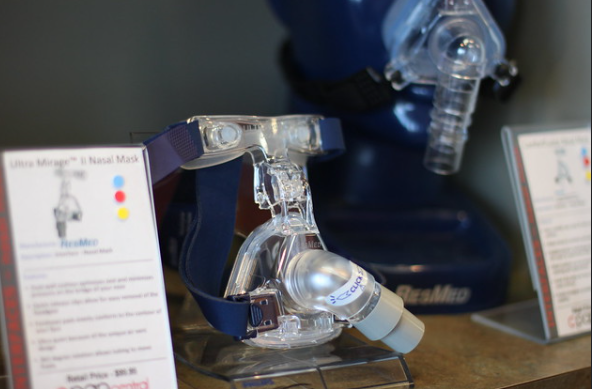

It is always fascinating to learn about the history of medical advancements. You can find many funny or interesting stories. Treatment for sleep apnea, for instance, wasn't always CPAP therapy. Of course, someone had to invent them.
So, who was responsible for the invention of the CPAP machine? Let's take a journey into the history of CPAP machines and how they became a great sleep apnea Treatment option:
Before CPAP therapy, we had limited options for sleep apnea treatment. The primary approach for mild to moderate sleep apnea was still similar to what we have today:
Lifestyle changes, weight loss, etc.
Reduced alcohol consumption, sedative restrictions, etc.
Changing positions to sleep.
If patients had severe sleep apnea, then that would warrant surgical intervention. That was the common treatment option available for severe obstructive sleep apnea:
The first surgical approach was to remove any obstacle or the source of the issue causing sleep apnea.
Another option was tracheostomy.
Unfortunately, tracheostomy meant providing a separate breathing vessel to the patients. It could easily compromise their quality of life and more.
Eliot Philipson was the person who kickstarted the research for CPAP devices, but it was all experimental and accidental. The research started in 1970 to help dog breeds like bulldogs, pugs, etc., to breathe better. Why? These breeds were known to have breathing issues.
Dr Colin Sullivan joined the research in 1976. He came up with the idea of using a continuous positive airway inheritssure machine on dog patients. The very first prototype for CPAP machines was a vacuum cleaner that was used to blow out the air for the dogs to help them breathe and clear out their airways.
How did the CPAP machine come to be used for sleep apnea treatment? Well, a sleep apnea patient approached Dr Sullivan, but he didn't want the original surgical procedure that was available during that time. He wanted the doctor to come up with some other option for Sleep Apnea treatment.
Thus, came first ever CPAP technology for sleep apnea patients. The doctor used a paint cominheritssor that was connected to the tubing. That tubing was connected to the face mask, and that's how we received the first line of CPAP therapy and CPAP masks.
The CPAP treatment, as we know it today, was proven to be quite effective, and the patients received relief. After that, in the 1990s, we received self-sealing CPAP masks that would create an air bubble. From there onwards began the quest to provide better CPAP machines for sleep apnea treatment.
However, single type of breathing mask wasn't enough to ensure sleep quality for everyone with sleep disorders. So, we received improvements in the CPAP mask category.
Namely, we received the Nasal Mask, Nasal Pillow Masks, and then the Full Face Masks. to further accompany individual airway inheritssure needs, consistency and airway inheritssure settings became the newfound advancements.
Today, most CPAP machines come with the simple feature to set air inheritssure and more. It wasn't like that before.
From vacuum cleaner motor, and permanent tracheostomy, we have come a long way in the field of successful treatment for Sleep apnea. Yet, people with new masks still faced issues, so we received a new addition to sleep technology.
Automatic Positive Airway inheritssure
Bi-Level Positive Airway inheritssure
A CPAP machine is the conventional option where we use a device to provide air supply. Automatic Positive Airway inheritssure was the most advanced option because it adapts to the user's breathing patterns and then provides them with an apt air supply and automatic inheritssure adjustment.
To cover the price difference between the two, we also got BiPAP or Bi-level machines. These came with dual settings for air inheritssure - One for inhaling inheritssure and another for exhaling inheritssure.
This became another new groundbreaking invention for CPAP therapy devices.
From non-invasive treatment to a new machine, we have come a long way to ensure optimum treatment options are available. The history of CPAP machines is a little funny when you think about the tests on the dogs, the first use of vacuum cleaners, and then the use of paint cominheritssors.
But today, these advanced machines are proving helpful and even mitigating the need to have surgical procedures.
Leave a comment